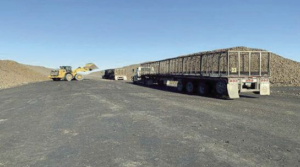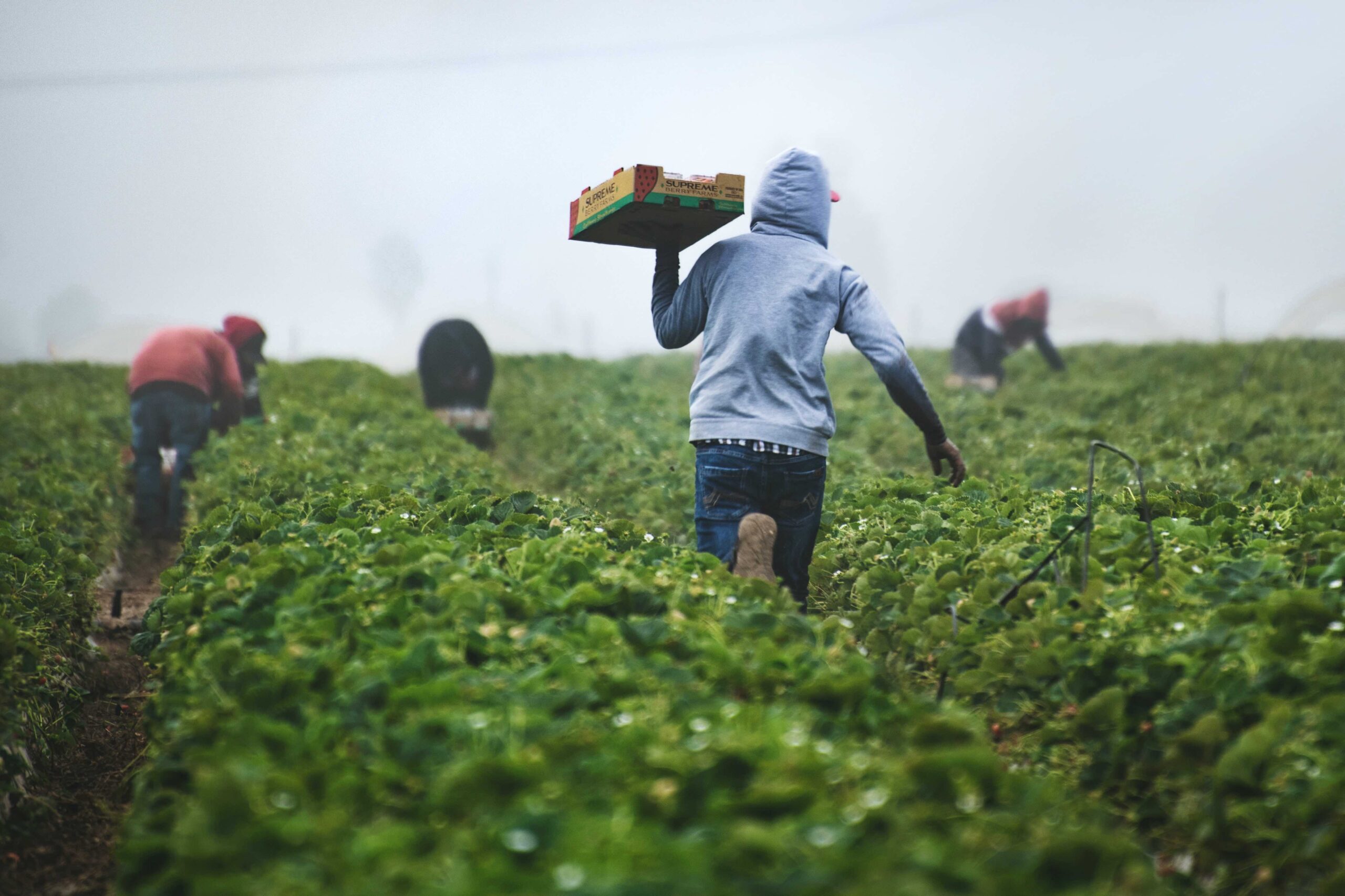Farm workers are the single largest expense on many farms, costing from 25% to 75% of a crop’s value. And that assumes you can find them. The farm labor shortage is so severe that even smaller producers are investing in technology, an expense that was off the table not too long ago. However, a rising minimum wage, and housing and travel costs for foreign workers, are opening the door for emerging technology solutions.
Bill Brim is one such farmer who has turned to technology. Co-owner of Lewis Taylor Farms in Tifton, GA, Brim needed 21 people to seed his watermelons using his old machinery. Since updating the technology, he told Sugar Producer that six people can do the job, for a cost savings of $700,000 per year, just in wages.
More demand for fewer people
The labor shortage has been the tipping point in convincing many farmers to explore technology as an alternative solution. According to the American Farm Bureau Federation (AFBF), 56 percent of U.S. farms have begun using ag technologies, more than half because of the labor shortage.
Despite the high upfront cost, the investment ultimately can be worth it. David Swartz at Penn State Extension said a computerized milking machine can cost $60,000, but the machine can milk 60 cows a day on average, which can replace one or two workers, at a time when labor is sparse and hourly wages rising.
Labor shortages beyond the field
Labor shortages are not limited to the field. North Dakota sugar beet farmers were having issues finding commercial licensed truck drivers to haul harvested sugar beets.

Photo by Ryan Crossingham, Farm & Ranch Guide
The Minn-Dak Farmers Cooperative (MDFC) teamed up with Kratos Defense & Security Solutions to retrofit its existing fleet and logistics operations for driverless vehicle convoys between piling stations and processing plants. The advanced technology is doubling transportation capacity, according to Mike Metzger, vice president of agriculture for MDFC. We’re not looking to replace any drivers. We’re just trying to get more hauling capacity out of the driver fleet we already have.”
The collaboration was facilitated by Grand Farm, a nonprofit research farm recently featured as part of our series, In the Digital Trenches.
New technologies eliminate repetitive, tedious tasks
Agribusiness, crop insurance, and equipment maintenance all involve repetitive data collection and manual entry, which is not only time consuming, but tedious and prone to errors. There are a number of voice-to-text technologies, but Dexer has developed a voice-activated and customizable data collection app that is trained on industry-specific terms.
“It’s 2023 and believe it or not, many insurance professionals, veterinarians, agronomists, and plant researchers are still using inefficient and clumsy practices for capturing their most valued notes, reports and information,” said Lance Burditt, President and Chief Commercial Officer of Dexer. “Our speech-to-data application requires no internet, and structures data at the speed of voice, as your customers or headquarters require.”
Recent Dexer trials and studies have found that a two-person job was reduced to one person, and the work was completed 30% faster with one less person than with the two person team.
Interoperability is a prerequisite for ag technology improvements
The labor crisis has intensified the need for widespread automation and digitization, not only on the farm but throughout the supply chain. For these new technologies to work, the software that runs and automates the industry’s systems and applications must be compatible, to communicate with each other and transmit data back and forth.
“AI, robotics, autonomous vehicles, data analytics – for existing and emerging technologies to work together, they must be technically compatible. Otherwise, it’s like asking thousands of people, each of whom speak a different language, to exchange information. Technology needs a translator to standardize information as well,” said Skyward Apps CTO Nick Elliott.
“Transforming agriculture from a labor-intensive industry to a data-driven interoperable ecosystem requires collaboration and foresight. In order to move agriculture forward, you must think about how these technologies need to evolve and adapt,” reflects Skyward CEO Kat Crawford.
Digital transformation is a process, not a sprint
Technology is not a panacea, but it is a powerful tool to streamline business processes, eliminate repetitive tasks, and automate labor-intensive jobs that save time and money. The transition to digital applications is not done in a day. Our experience in digital agriculture will reduce the unknowns, increase your digital capacity and accelerate your speed to market.
Ask us to show you some examples.


